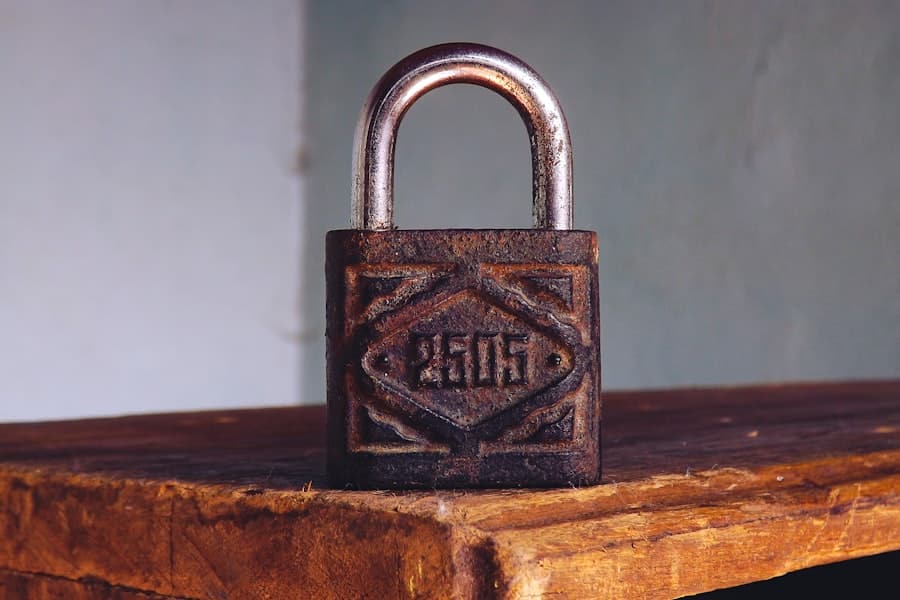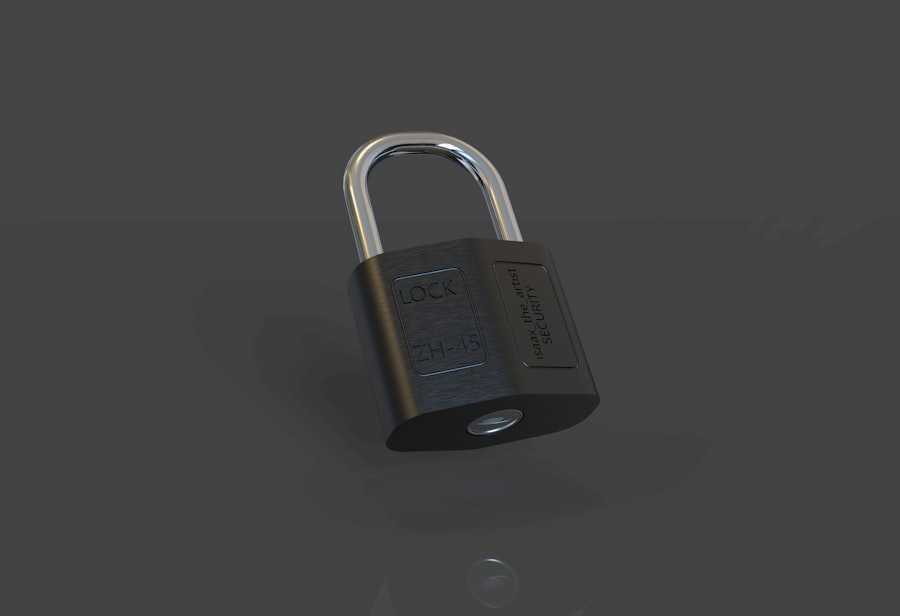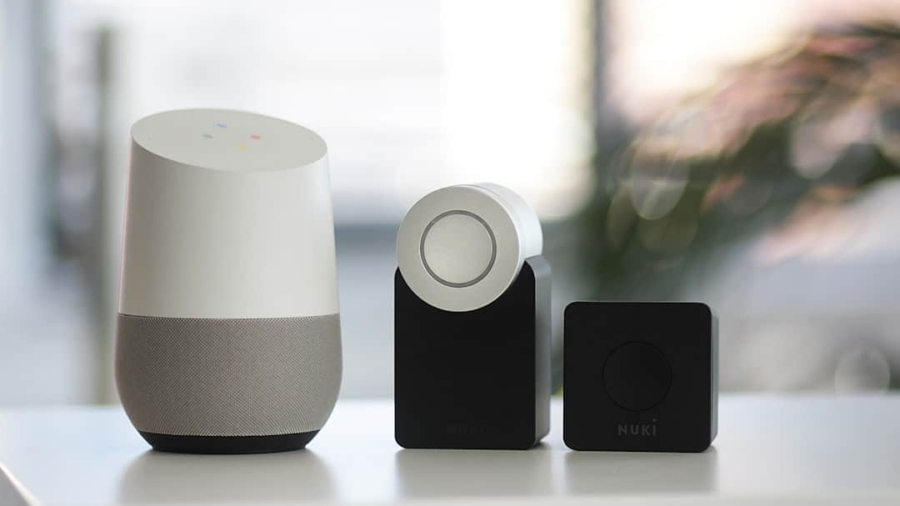In an era where technology permeates every aspect of our lives, the evolution of home security has taken a significant leap forward with the advent of smart door locks. These innovative devices not only replace traditional locking mechanisms but also introduce a plethora of features that enhance security, convenience, and control. Smart door locks utilize advanced technology, such as Bluetooth, Wi-Fi, and biometric sensors, to provide users with a seamless experience in managing access to their homes or businesses.
As urban living becomes more complex and the need for enhanced security measures grows, smart door locks have emerged as a vital component in modern security systems. The transition from conventional locks to smart door locks represents a paradigm shift in how we think about security. Traditional locks rely on physical keys, which can be lost, stolen, or duplicated, posing significant risks to safety.
In contrast, smart door locks offer a range of access methods, including mobile apps, keypads, and biometric recognition, which not only mitigate these risks but also provide users with greater flexibility in managing who can enter their premises. This article delves into the multifaceted benefits of smart door locks, exploring their role in enhancing security, integrating with access control systems, and adapting to the evolving needs of users.
Key Takeaways
- Smart door locks offer convenience and security by allowing users to control access to their homes or businesses remotely.
- Multi-level access control provides the ability to grant different levels of access to different users, enhancing security and flexibility.
- Smart door locks enhance security by offering features such as keyless entry, tamper alerts, and remote monitoring capabilities.
- Integration with access control systems allows for seamless management of multiple entry points and user access levels.
- Smart door locks offer customization and flexibility, allowing users to tailor access control settings to their specific needs and preferences.
- Remote access and monitoring capabilities enable users to control and monitor their smart door locks from anywhere, providing peace of mind and convenience.
- User management and audit trails with smart door locks allow for easy tracking of access history and user activity, enhancing security and accountability.
- Future trends in smart door lock technology include advancements in biometric authentication, AI integration, and enhanced connectivity features.
Benefits of Multi-Level Access Control
One of the standout features of smart door locks is their ability to implement multi-level access control. This capability allows property owners to assign different access levels to various users, ensuring that individuals can only enter areas for which they have been granted permission. For instance, in a corporate environment, an employee may have access to their office but not to sensitive areas such as server rooms or executive offices.
This granular control not only enhances security but also streamlines operations by ensuring that only authorized personnel can access critical areas. Moreover, multi-level access control is particularly beneficial in residential settings where families may want to manage access for different members or guests. Parents can grant temporary access to babysitters or service personnel without compromising the security of their entire home.
This feature is especially useful for short-term rentals or vacation homes, where hosts can provide unique access codes to guests that expire after their stay. By implementing multi-level access control through smart door locks, property owners can maintain a higher level of security while enjoying the convenience of managing access remotely.
How Smart Door Locks Enhance Security

Smart door locks significantly enhance security through various advanced features that traditional locks simply cannot offer. One of the primary advantages is the ability to receive real-time alerts and notifications whenever someone attempts to access the lock. This feature allows homeowners and business operators to monitor activity around their premises continuously.
For example, if an unauthorized individual tries to enter a property, the smart lock can send an immediate alert to the owner’s smartphone, enabling them to take swift action. Additionally, many smart door locks come equipped with tamper alarms that activate if someone attempts to force the lock open.
Furthermore, some models incorporate advanced encryption protocols that protect against hacking attempts, ensuring that unauthorized users cannot gain access through digital means. The combination of real-time alerts, tamper resistance, and robust encryption makes smart door locks a formidable barrier against unauthorized entry.
Integration of Smart Door Locks with Access Control Systems
The integration of smart door locks with broader access control systems marks a significant advancement in security technology. Many businesses are now adopting comprehensive security solutions that include surveillance cameras, alarm systems, and smart locks all working in tandem. This integration allows for centralized management of all security devices through a single platform, simplifying the monitoring process and enhancing overall security effectiveness.
For instance, when a smart door lock is integrated with a video surveillance system, property owners can view live feeds from cameras positioned near entry points. If an alert is triggered by the lock due to unauthorized access attempts, users can immediately check the camera feed to assess the situation visually. This synergy between smart locks and other security measures not only improves response times but also provides valuable evidence in case of security breaches.
As businesses and homeowners increasingly seek holistic security solutions, the integration of smart door locks into existing access control systems will continue to gain traction.
Customization and Flexibility of Smart Door Locks
Customization is another hallmark of smart door locks that sets them apart from traditional locking mechanisms. Users can tailor settings according to their specific needs and preferences. For example, many smart locks allow users to create unique access codes for different individuals or groups.
This means that family members can have their own codes while service providers can be given temporary codes that expire after a set period. Such flexibility ensures that access can be managed efficiently without compromising security. Moreover, some smart door locks offer customizable features such as auto-locking capabilities and scheduled access times.
Homeowners can set their locks to automatically engage after a certain period or during specific hours when they are away from home. This feature not only enhances convenience but also adds an extra layer of security by ensuring that doors are locked even if someone forgets to do so manually. The ability to customize settings according to individual lifestyles and preferences makes smart door locks an appealing choice for many users.
Remote Access and Monitoring Capabilities

One of the most compelling advantages of smart door locks is their remote access and monitoring capabilities. Through mobile applications connected to the lock via Wi-Fi or Bluetooth, users can manage their locks from virtually anywhere in the world. This means that if a homeowner forgets to lock their door before leaving for vacation, they can simply use their smartphone to secure it remotely.
Similarly, business owners can monitor who enters and exits their premises in real-time without being physically present. Remote monitoring also allows users to grant access on-the-fly. For instance, if a friend needs to drop by while you are away, you can send them a temporary access code via your smartphone app.
This capability eliminates the need for physical keys and provides peace of mind knowing that you can control access at any time from any location. The convenience offered by remote access transforms how we think about home and business security, making it more adaptable to our fast-paced lifestyles.
User Management and Audit Trails with Smart Door Locks
Smart door locks provide robust user management features that are essential for both residential and commercial applications. Property owners can easily add or remove users from the system through their mobile app or web interface. This is particularly useful in environments where staff turnover is common or when managing multiple properties.
The ability to quickly update user permissions ensures that only authorized individuals have access at any given time. In addition to user management, many smart door locks offer audit trail capabilities that log every entry and exit attempt. These logs provide valuable insights into who accessed the property and when, which can be crucial for identifying potential security breaches or unauthorized access attempts.
For example, a business owner can review audit trails to determine if an employee accessed restricted areas outside of normal working hours. This level of accountability not only enhances security but also fosters trust among employees and residents by ensuring transparency in access management.
Future Trends in Smart Door Lock Technology
As technology continues to evolve at a rapid pace, the future of smart door lock technology promises even more innovative features and enhancements. One emerging trend is the integration of artificial intelligence (AI) into smart locks. AI algorithms could analyze user behavior patterns over time to predict when individuals are likely to arrive home or leave for work, allowing for even more sophisticated automation features such as predictive locking or unlocking based on user habits.
Another trend is the increasing focus on interoperability among different smart home devices. As consumers invest in various smart technologies—from lighting systems to thermostats—there will be a growing demand for devices that communicate seamlessly with one another. Future smart door locks may incorporate voice recognition technology compatible with virtual assistants like Amazon Alexa or Google Assistant, allowing users to control their locks through voice commands.
Additionally, advancements in biometric technology could lead to more secure authentication methods beyond traditional keypads or mobile apps. Fingerprint recognition and facial recognition systems may become standard features in smart door locks, providing an even higher level of security while maintaining user convenience. As we look ahead, it is clear that smart door lock technology will continue to evolve in response to changing consumer needs and technological advancements.
The integration of AI, enhanced interoperability with other devices, and improved biometric authentication methods will shape the future landscape of home and business security solutions.

